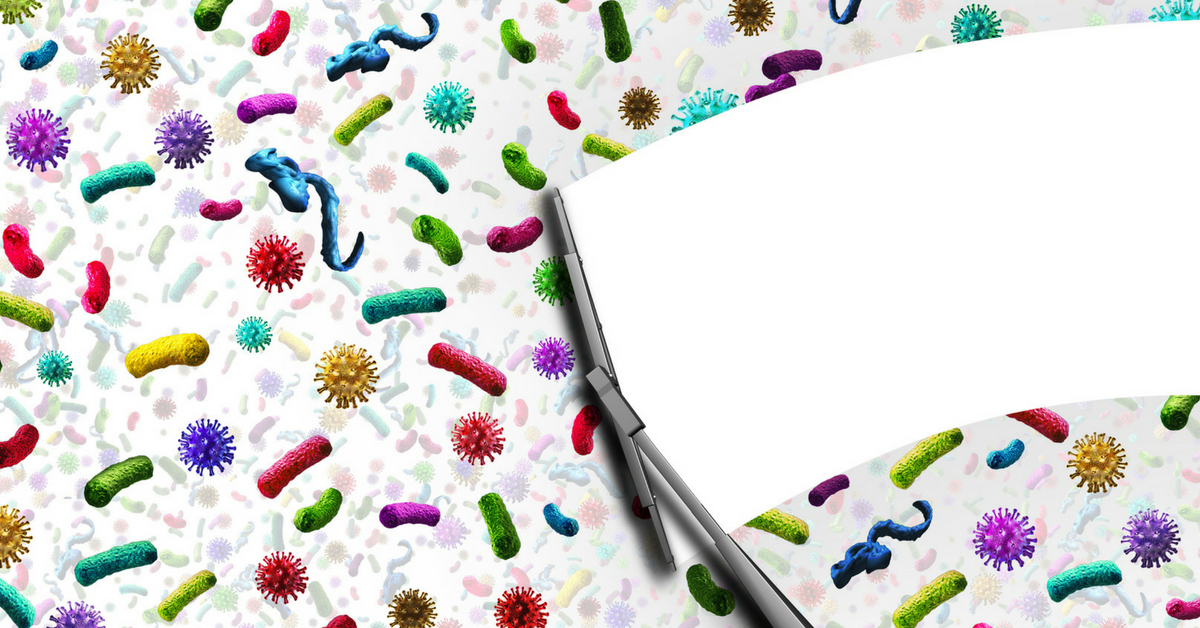- Ross Protocol
- Acute Tick Bite
- Q+A Webinars
- Books
- LymeUNITED
- Online Lyme Guide
The Lyme Disease Treatment Guide
lyme disease 101
germ control & more



Updated: 2/2/23
In my experience treating Ehrlichia and Anaplasma, two Lyme disease co-infections, requires
Fortunately, these germs are easy to eliminate in most people who have Lyme disease.
It is critical for Ehrlichia and Anaplasma recovery to take steps that boost the immune system. Do the first 10 steps in The Ross Lyme Support Protocol. These steps are designed to
Herbal antibiotics for Ehrlichia or Anaplasma are not effective; no meaningful research shows they work. Furthermore, in my clinical experience, herbal antibiotics do not work effectively for these infections.
A review of the National Library of Medicine research database and recommendations from the CDC shows two antibiotics are effective. Of these, doxycycline is the preferred choice.
These same antibiotics are useful in children at doses adjusted for a child’s weight. Note: research shows doxycycline used for three weeks does not stain teeth.
In my experience, 2-4 weeks of doxycycline eliminates Anaplasma and Ehrlichia. I do not see relapses of either of these infections once treatment is completed.
The ideas and recommendations on this website and in this article are for informational purposes only. For more information about this, see the sitewide Terms & Conditions.

Marty Ross, MD is a passionate Lyme disease educator and clinical expert. He helps Lyme sufferers and their physicians see what really works based on his review of the science and extensive real-world experience. Dr. Ross is licensed to practice medicine in Washington State (License: MD00033296) where he has treated thousands of Lyme disease patients in his Seattle practice.
Marty Ross, MD is a graduate of Indiana University School of Medicine and Georgetown University Family Medicine Residency. He is a member of the International Lyme and Associated Disease Society (ILADS), The Institute for Functional Medicine, and The American Academy of Anti-Aging Medicine (A4M).

Sign up for TickCRAFT Newsletter, Online Lyme Guide updates, special offers, and more.